In The Gilded Age, costumes tell stories, reveal identities, and reflect societal divides. You can't help but notice how the luxurious fabrics and intricate designs capture the tension between old money and new money. Each outfit isn't just a garment; it's a statement about wealth, status, and aspiration. As the characters navigate their ambitions in a rapidly changing world, their wardrobes play an essential role in this narrative. What do these choices reveal about their personalities and the era itself?
Overview of The Gilded Age
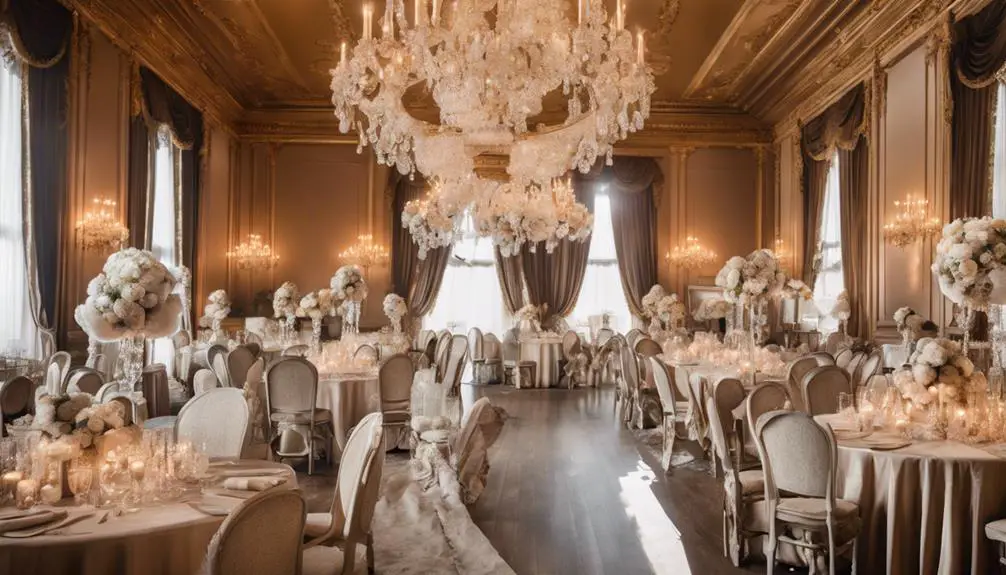
Set in 1882 New York City, *The Gilded Age* dives into a transformative era marked by immense wealth and industrial expansion. The series, created by Julian Fellowes, explores the fascinating clash between old money and new money, showcasing how these two societal factions navigate the complexities of their time.
You'll follow Marian, a young woman facing societal pressures after her father's death, as she grapples with the expectations of her high-society world. The costumes in the series evoke a sense of nostalgia, similar to the vintage appeal of Woolrich, known for its rugged quality and craftsmanship.
Costume designer Kasia Walicka-Maimone played an essential role in bringing this period to life through fashion. She and her team crafted over 5,000 costumes, drawing upon historical research to guarantee authenticity. Sourcing fabrics from major fashion capitals like Rome, Paris, and London, they meticulously differentiated between the styles of old money and new money characters.
While new money figures embrace bold colors and lavish ornamentation, old money characters opt for elegant, monochromatic jewel tones that reflect their refined heritage.
With over 36,000 historical images referenced, *The Gilded Age* not only captivates with its storytelling but also offers a stunning visual feast, showcasing the intricate fashion of a pivotal era in American history.
Costume Design Process
In crafting the costumes for *The Gilded Age*, lead designer Kasia Walicka-Maimone and her team focused on authenticity and storytelling. They conducted extensive historical research, drawing inspiration from approximately 36,000 historical images to create over 5,000 unique outfits. Each women's dress, taking four to six weeks to complete, showcases high-quality materials sourced from renowned fashion hubs like Rome, Paris, and London, reflecting the era's opulent styles.
The emphasis on vintage clothing identification guarantees that each piece resonates with the historical context of the Gilded Age, marrying accurate period details with modern sensibilities.
The costume design process is a collaborative effort, involving designers, directors, and writers to guarantee each wardrobe aligns with character development and narrative arcs. Every character's attire is meticulously crafted to highlight social class distinctions, with old money characters adorned in rich jewel tones, while new money characters sport bolder, fresher colors.
These costumes serve as an essential narrative tool, visually representing character dynamics and societal changes, enhancing the storytelling of the series. By marrying historical accuracy with creative flair, Walicka-Maimone's designs not only bring the characters to life but also immerse you in the intricate world of the Gilded Age, making each episode a feast for the senses.
Old Money vs. New Money
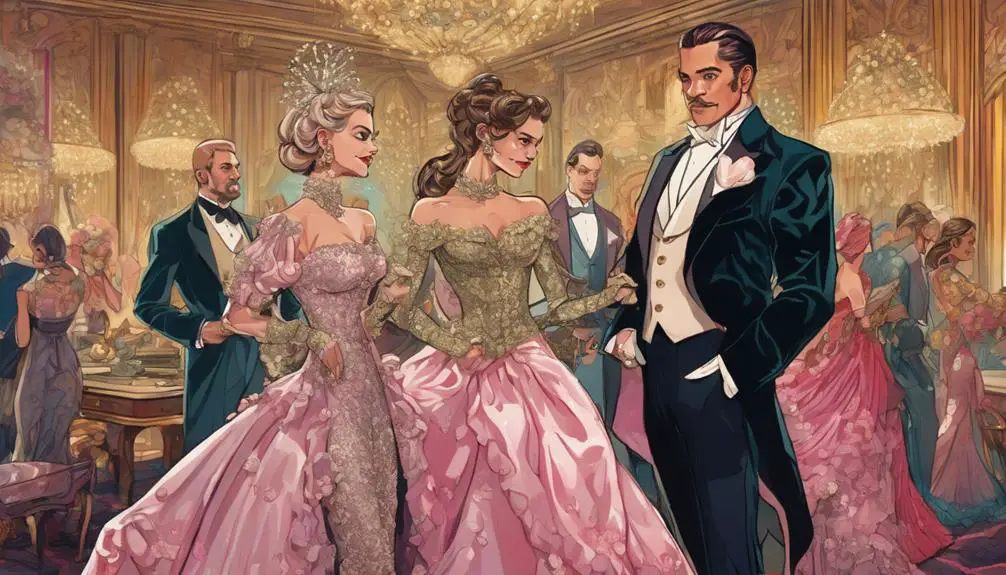
The stark contrast between old money and new money in *The Gilded Age* is vividly showcased through costume choices that visually narrate the characters' backgrounds and aspirations. Old money characters, like Agnes van Rhijn, exude timeless elegance with their monochromatic jewel tones, adhering to a tradition that emphasizes class and restraint.
In contrast, new money figures, such as Bertha Russell, flaunt bold colors and heavy ornamentation in their outfits, reflecting their ambition and desire to break into high society. This dynamic in costume design parallels the identification of vintage Ralph Lauren, where the era of production and style choices reveal deeper social narratives.
The costume designer meticulously researched European fashions to create these distinct wardrobes, highlighting how new money characters embrace trends more swiftly than their old money counterparts. This is evident in Bertha's elaborate designs, which symbolize her modern sensibilities and wealth.
Color coding plays a significant role, with jewel tones portraying old money's classic style and lighter pastels representing characters like Marian, who navigate their own societal journeys.
The alteration in costume styles, from the understated elegance of old money to the extravagant fashion of new money, illustrates the evolving dynamics of wealth and status during this intriguing era.
It's a visual feast that captures the essence of a society in flux, making *The Gilded Age* a fascinating watch.
Character Costume Analysis
Costume analysis in *The Gilded Age* reveals how each character's wardrobe reflects their social status and personal journey.
Take Bertha Russell, for instance. Her bold colors and elaborate designs showcase her ambition as new money, flaunting the latest European fashions to assert her place in high society.
In contrast, Agnes van Rhijn and Ada Brook embody old money with their classic jewel tones and elegant silhouettes, symbolizing their resistance to the changing social landscape.
Marian's metamorphosis is equally telling. Her wardrobe shifts from innocent floral-themed dresses to more sophisticated pastels, mirroring her navigation between old and new money as she finds her footing in Manhattan's elite circles.
Peggy Benton's costumes further illustrate her journey; starting with vibrant plaids that reflect her youthful spirit, she evolves into professional stripes and browns that signify her breaking of racial and gender barriers.
The costume designer skillfully uses color as a narrative tool, with jewel tones reserved for old money characters and softer pastels for Marian, highlighting their social standings and character traits.
Each outfit not only enhances the visual storytelling but also deepens our understanding of the characters' complexities and aspirations.
The Role of Color
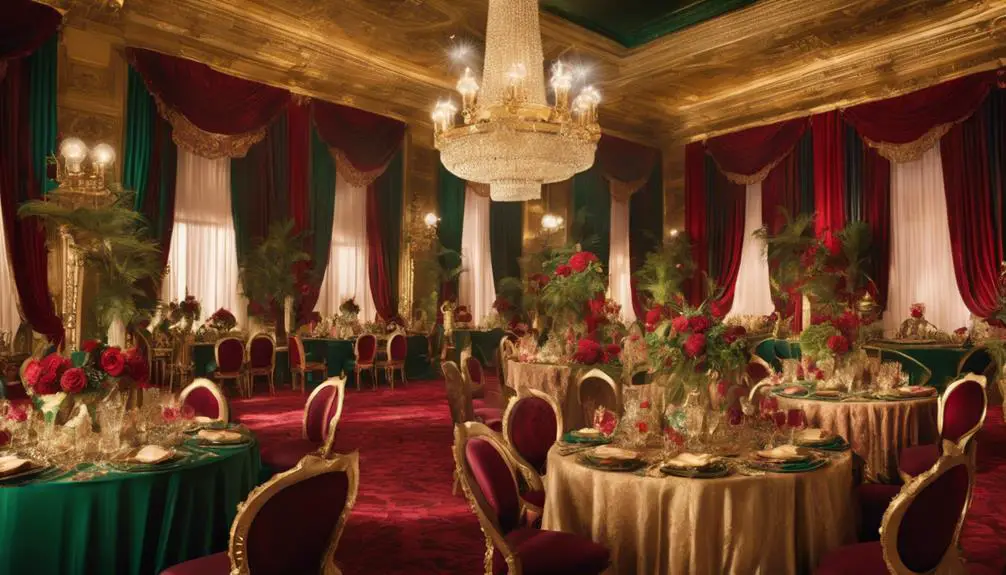
While the characters in *The Gilded Age* navigate a complex social landscape, the colors of their outfits play a significant role in conveying their identities and aspirations. The costume designer, Kasia Walicka-Maimone, skillfully employs color coding to distinguish between old money and new money characters.
Jewel tones, rich and deep, are reserved for established figures, while pastels grace the wardrobe of characters like Marian Brook, reflecting her innocence and social standing.
Bertha Russell's vibrant color palettes, featuring bright hues and elaborate designs, symbolize her ambition and boldness as a new money representative. In contrast, characters like Agnes and Ada don darker, monochromatic shades, embodying tradition and restraint.
Specific colors enhance character narratives, with Bertha's palette inspired by nature, signifying her strength and aspirations within society.
The use of vibrant color palettes, made possible by the era's artificial dyes, not only creates dramatic visual storytelling but also showcases the evolution of fashion trends and character growth.
The costumes reflect emotional journeys, with delicate floral patterns suggesting innocence and sophistication, making each outfit an essential element in the rich tapestry of this historical drama.
Cultural and Historical Context
Set against the backdrop of the late 19th century, *The Gilded Age* immerses viewers in a time of unprecedented economic growth and societal transformation in America.
Costume designer Kasia Walicka-Maimone brilliantly captures the essence of this era by showcasing the socio-economic divide through intricate costume choices. You'll notice how old money and new money are distinguished by color palettes, fabric choices, and extravagant styles that reflect their social standings. The clothing often features tailored fits and unique embellishments, reminiscent of various tailoring techniques for tops that enhance the overall aesthetic.
The late 1800s also marked the rise of the African-American middle class, represented in the show by characters like Peggy Benton. Her vibrant wardrobe highlights the evolving fashion trends and the unique contributions of this community to the larger narrative of the time.
Walicka-Maimone prioritizes historical accuracy in her designs, drawing from an impressive collection of over 40,000 images and artifacts that inform authentic representations of 1880s fashion.
The extravagant and bold styles, often featuring artificial dyes and ornate details, serve not just as clothing but as visual commentaries on wealth and social climbing among the elite.
This rich cultural and historical context enhances the show's allure, making it a feast for both the eyes and the mind.
Fashion Trends in Television

Television shows frequently use fashion as a powerful storytelling tool, showcasing how clothing can reflect a character's personality, social status, and emotional journey. In *The Gilded Age*, costume designer Kasia Walicka-Maimone masterfully crafted over 5,000 custom-designed costumes that capture the essence of late 19th-century fashion.
With a strong emphasis on historical accuracy, she drew from an extensive library of approximately 36,000 historical images, ensuring that each outfit resonates with authenticity, even if some designs might seem gaudy by today's standards.
The series highlights the distinctions between social classes through specific color palettes; old-money characters often don jewel tones, while new-money individuals favor bolder, brighter hues. This attention to detail not only enhances the visual narrative but also greatly contributes to character development, as the wardrobe choices reflect their social standings and personal journeys.
As *The Gilded Age* influences modern perceptions of period fashion, you might notice contemporary aesthetics intertwined with historical context in various fashion magazines.
Ultimately, the show elevates the importance of costume design in television, reminding us that fashion is more than just clothing—it's a vibrant expression of identity and status.
Frequently Asked Questions
Are the Outfits in the Gilded Age Accurate?
The outfits reflect historical accuracy through meticulous costume design, showcasing fashion evolution and class distinctions. You'll notice varied textile materials and cultural influences, all while adhering to societal norms of the 1880s, enhancing authenticity.
How to Dress Like in the Gilded Age?
To dress like in the Gilded Age, embrace Victorian fashion with Edwardian styles. Choose rich fabric choices, layer accessories, and acknowledge gender differences. Remember, social class influences your look, so select details that reflect your status.
What Colors Were Popular in the Gilded Age?
In the Gilded Age, you'd see Victorian color palettes like deep jewel tones for evening wear and softer pastels for daytime attire. Fabrics and textures varied, reflecting social class influences and seasonal color variations, enhancing accessory trends.
Did They Wear Makeup in the Gilded Age?
Yes, women in the Gilded Age embraced understated makeup trends. They used cosmetic materials like powders to enhance their complexion, reflecting Victorian beauty standards, social status, and the era's gender norms, with health implications often considered.
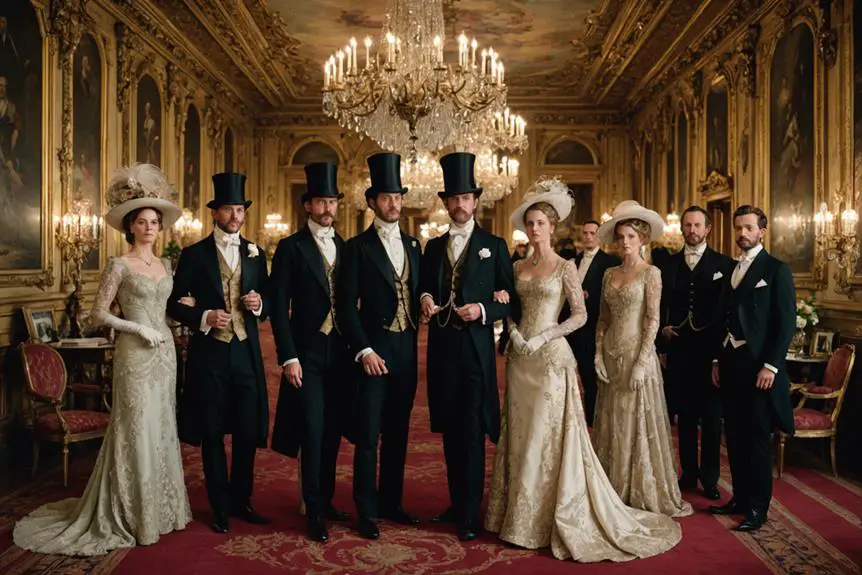

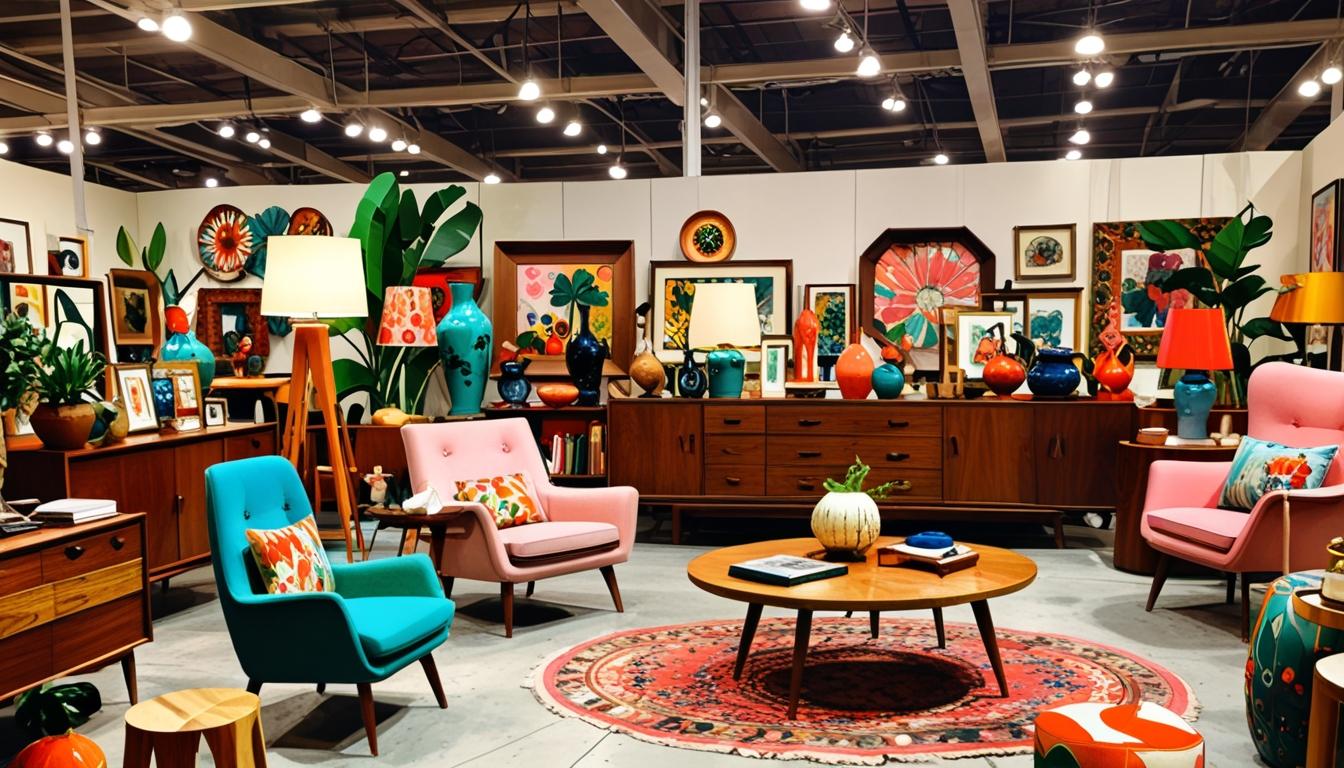
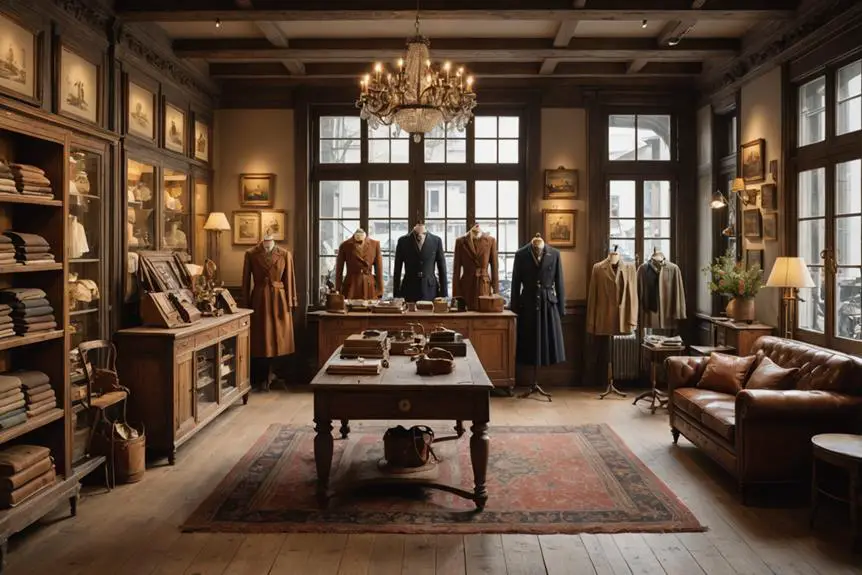

In this piece, you stated and then restated six times that “old money” characters were dressed in unornamented “jewel tones”, and that “new money” characters wore more outre colors with more ornamentation.
If you’re going to let AI write your copy, you might want to edit for repetition before publication.
It’s awesome for me to have a site, which is helpful for my experience.
thanks admin
I’m truly enjoying the design and layout of your blog.
It’s a very easy on the eyes which makes it much
more pleasant for me to come here and visit more
often. Did you hire out a developer to create your theme?
Outstanding work!